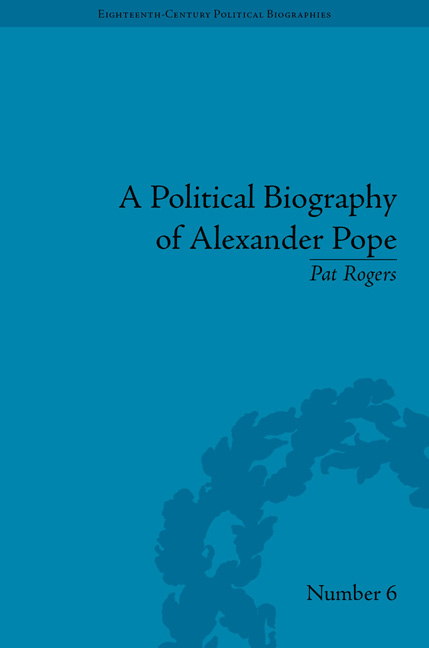Book contents
- Frontmatter
- CONTENTS
- Dedication
- Acknowledgements
- Abbreviations
- Dates and Quotations
- Sources
- Introduction
- Part I William and Anne, 1688–1714
- Part II George I, 1714–27
- 4 Civil and Religious Rage
- 5 Toil, Trouble, South Sea Bubble
- 6 A Dull Duty and a Public Cause
- Part III George II, 1727–44
- Epilogue: After Walpole
- Notes
- Works Cited
- Index
6 - A Dull Duty and a Public Cause
from Part II - George I, 1714–27
- Frontmatter
- CONTENTS
- Dedication
- Acknowledgements
- Abbreviations
- Dates and Quotations
- Sources
- Introduction
- Part I William and Anne, 1688–1714
- Part II George I, 1714–27
- 4 Civil and Religious Rage
- 5 Toil, Trouble, South Sea Bubble
- 6 A Dull Duty and a Public Cause
- Part III George II, 1727–44
- Epilogue: After Walpole
- Notes
- Works Cited
- Index
Summary
It was partly fortuitous circumstances that brought Robert Walpole to eminence. As Britain tried to regroup after the traumas of the preceding year, the ruling Whig oligarchy suffered a succession of reverses. The first of the leading ministers to depart was James Stanhope. On 4 February 1721 the opposition, led by the mercurial Duke of Wharton, grilled a principal architect of the scheme, Sir John Blunt. Members of the Lords also had Stanhope in their sights, partly because his own cousin was deeply implicated in some shadier dealings. The minister made a spirited defence, but after his speech he collapsed and had to be carried out of the chamber unconscious. Three days later, he died from a brain haemorrhage. It struck a grievous blow against the administration. Only ten more days passed before Pope's friend Craggs, the Secretary of State, succumbed to smallpox. The Earl of Sunderland was obliged to rejig his cabinet, and brought in Lord Townshend, Walpole's brother-in-law, as one of the new secretaries. At the start of April Sunderland had to accept the inevitable and gave way as Walpole took over as First Lord of the Treasury – a position he would hold for an extraordinary spell of twenty-one years. Meanwhile suspicion still dogged Sunderland for his part in the government's involvement in the South Sea affair, and within twelve months he died too, in circumstances thought by some a little suspicious. The field was left clear for Walpole, but the Tories now had more room to manoeuvre than at any time since the Hanoverian regime began.
However, Pope held his hand at first. He would not involve himself directly in politics until the arrest of his friend Atterbury in late 1722. Even an unfortunate episode that saw his own in-laws, the Racketts, dragged into the criminal court did not spur him into a response – actually he never made any open reference to the affair in his published writings. We can locate the chief explanation for his silence at this juncture in two circumstances. The first concerns his need to get settled at Twickenham. The second relates to the ‘secondary’ work of translating and editing to which he had now committed himself.
- Type
- Chapter
- Information
- A Political Biography of Alexander Pope , pp. 123 - 150Publisher: Pickering & ChattoFirst published in: 2014



